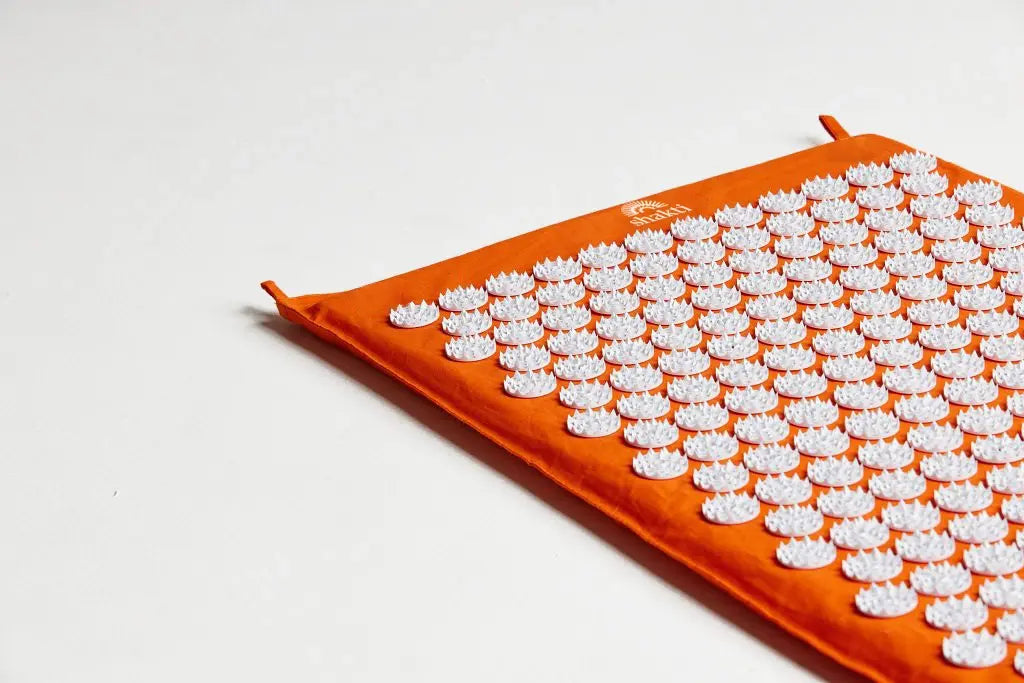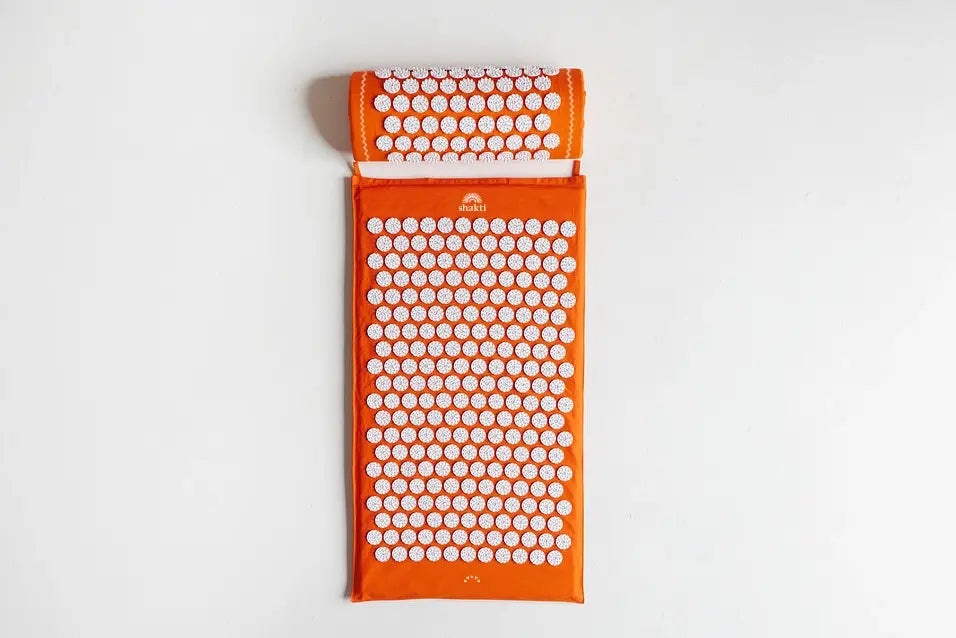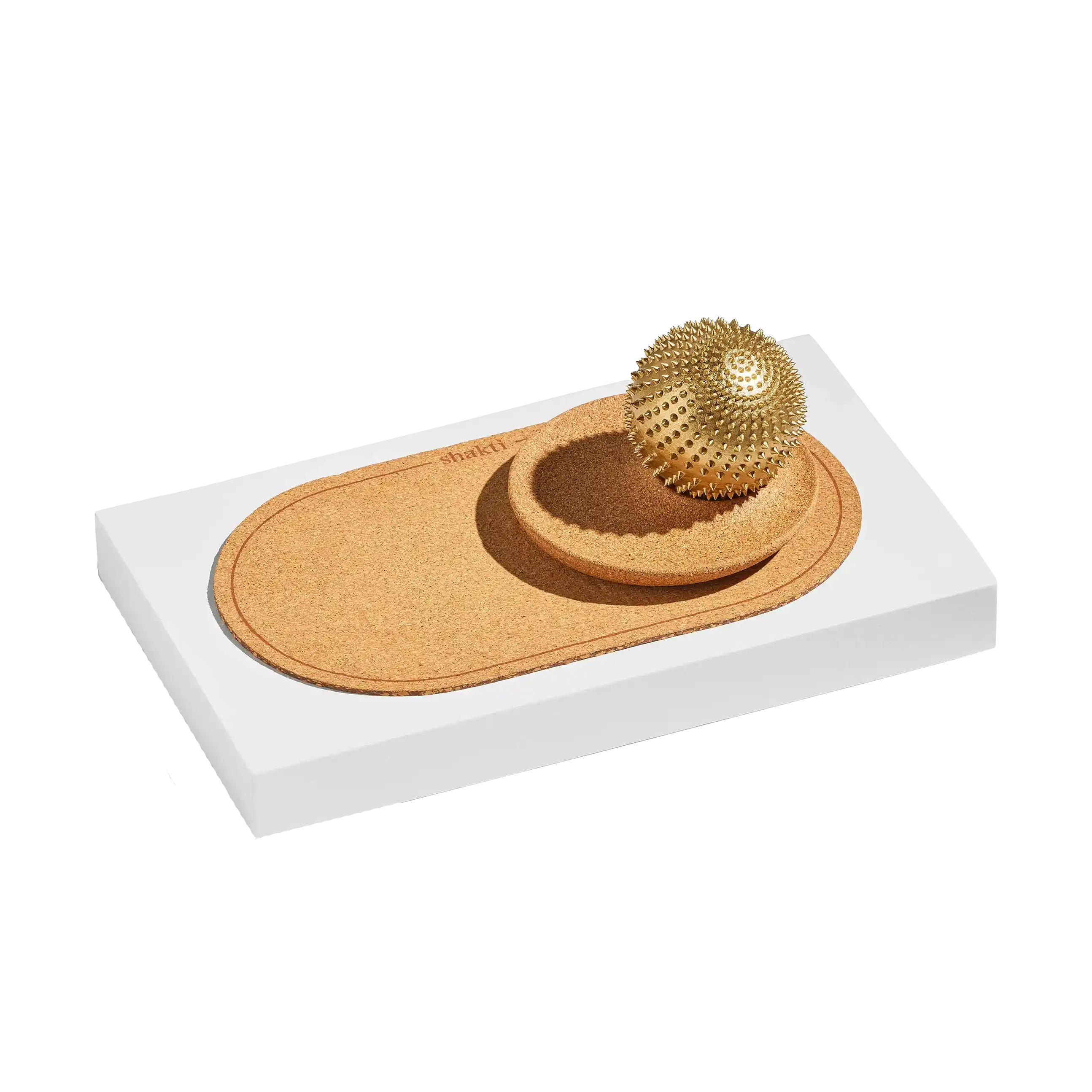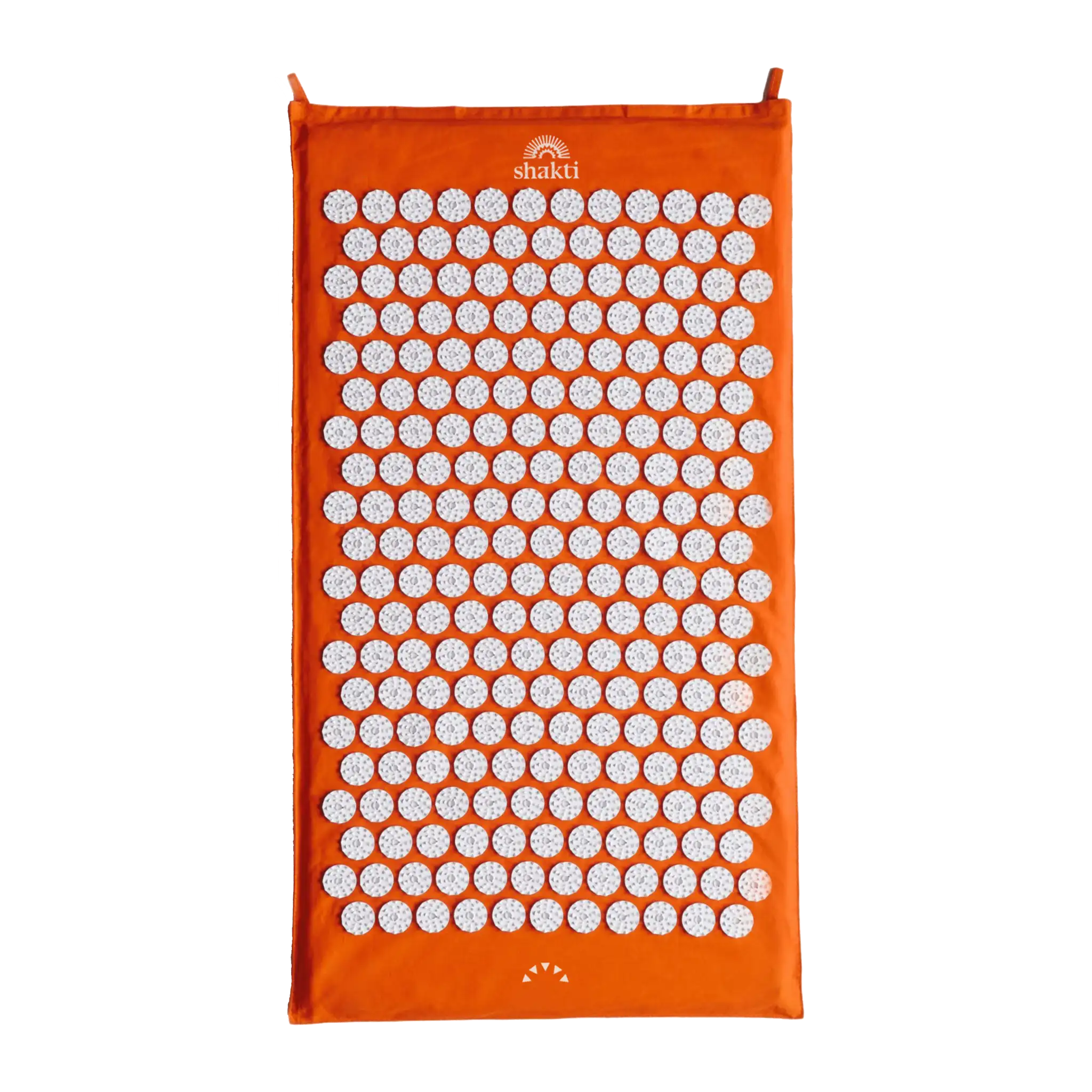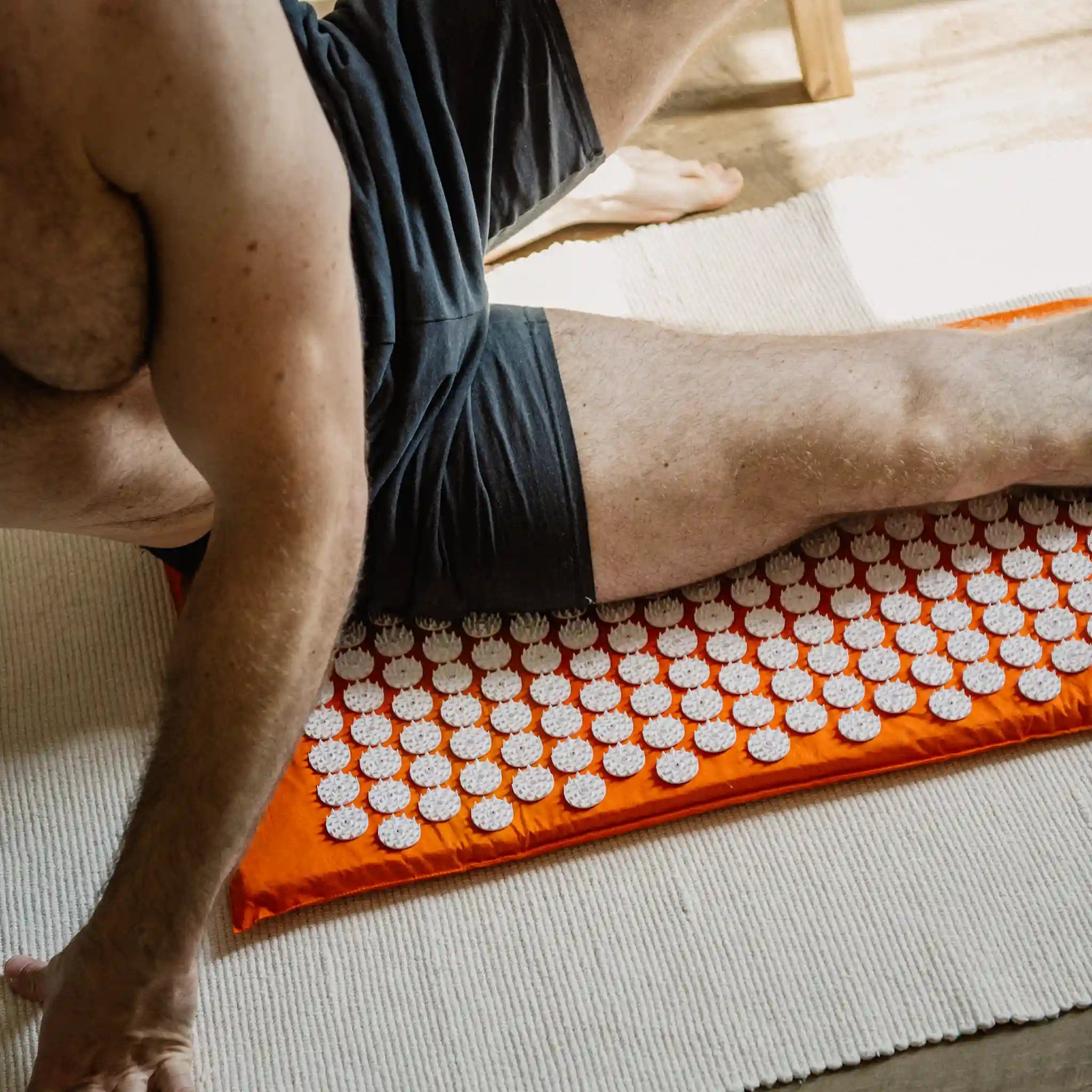Das Zwerchfell tut weh? Um deine Zwerchfell-Schmerzen besser zu verstehen, lohnt ein genauer Blick auf das Zwerchfell und dessen Funktion. Was ist das eigentlich? Kurz und knapp lässt sich sagen: Es ist der Hauptmuskel, der die Atmung steuert. Und wann immer du Symptome wie Atembeschwerden, Druckgefühle oder Schmerzen beim Atmen spürst, kann dein Zwerchfell beteiligt sein. Dann stellt sich natürlich als Nächstes die Frage: Was verursacht diese Schmerzen? Mögliche Ursachen reichen von Muskelverspannungen und schlechter Haltung bis hin zu ernsteren Gesundheitsproblemen, wobei die beiden ersten mit Abstand die häufigsten sind.
Auf diese möchten wir uns daher im Folgenden auch konzentrieren. Denn: Vor allem bei durch Muskelverspannungen ausgelösten Problematiken gibt es verschiedene, sehr wirkungsvolle Ansätze zur (Selbst-)Behandlung der Zwerchfell-Schmerzen. Atemübungen, Stressmanagement sowie eine gute Körperhaltung und regelmäßige Bewegung können sowohl akut als auch präventiv helfen. Wir zeigen dir, wie du am besten mit der Problematik umgehst.
Inhalt
1. Du hast Schmerzen am Zwerchfell?
2. Schmerzen am Zwerchfell: Verspannung als Hauptursache
3. Zwerchfell-Verspannung: Symptome erkennen
4. Zwerchfell dehnen und entspannen: 3 passende Übungen
5. Next Step: Rundum-Entspannung
6. Zwerchfell-Schmerzen – was tun, um diese künftig zu vermeiden?
Du hast Schmerzen am Zwerchfell?
Das Zwerchfell trennt den Brustkorb vom Bauchraum und spielt für die Atmung eine wichtige Rolle. Schmerzen in diesem Bereich können verschiedene Ursachen haben. Wie bereits erwähnt, sind Muskelverspannungen die häufigsten Auslöser, zum Beispiel als Folge einer schlechten Körperhaltung. Aber auch andere Ursachen für Zwerchfell-Schmerzen sind denkbar. Die folgende Auflistung gibt dir einen kleinen Überblick, wobei wir unbedingt betonen möchten: Wenn deine Schmerzen länger anhalten, an Intensität zunehmen oder mit zusätzlichen Begleiterscheinungen wie Fieber auftreten, dann solltest du einen Arzt aufsuchen, um die genaue Ursache zu klären und angemessene Behandlungsschritte einzuleiten. Eine Selbstbehandlung macht nur Sinn, wenn du muskuläre oder haltungsbedingte Gründe für deine Schmerzen vermutest. Hier ein paar Anhaltspunkte zur Unterscheidung und Abgrenzung:
-
Zwerchfellentzündung: Symptome sind hier meist drückende bzw. stechende Schmerzen im Brustbereich sowie Atemprobleme. Die Ursache für eine solche Entzündung können z. B. Infektionen oder auch Verletzungen sein.
-
Zwerchfellhernie: Hier tritt ein Teil des Magens durch eine Lücke im Zwerchfell in den Brustraum ein. Dies kann zu Sodbrennen und Schmerzen führen.
-
Reizungen des Zwerchfellnervs: Entzündungen des Phrenicus-Nervs können ebenfalls Schmerzen verursachen.
- Lungenentzündung: Eine Lungenentzündung kann Schmerzen im Brustbereich verursachen, die sich bis zum Zwerchfell erstrecken.
- Gallensteine: Steine in der Gallenblase können zu Schmerzen führen, die bis in den Brustbereich ausstrahlen.
-
Gallenblasenentzündung: Entzündungen oder Probleme mit der Gallenblase können sich ebenfalls als Zwerchfell-Schmerzen bemerkbar machen.
-
Rippenverletzungen: Verletzungen oder Frakturen der Rippen sind oft großflächig schmerzhaft und somit eventuell auch als Schmerzen im Bereich des Zwerchfells spürbar.
-
Muskelverspannungen: Überanstrengung oder Muskelverspannungen im Zwerchfellbereich können zu Schmerzen führen. Dies kann durch intensives Husten, Niesen oder körperliche Anstrengung ausgelöst werden. Auch eine dauerhaft falsche Körperhaltung kann hier ursächlich sein. Und genau auf diese Punkte rund um ein verspanntes Zwerchfell möchten wir nun näher eingehen.
Achtung: Solltest du unter plötzlich auftretenden, starken Zwerchfell-Schmerzen im Brust- und Oberbauch-Bereich leiden, in Kombination mit Atemnot, Herzrasen, Übelkeit und/oder Erbrechen und einem spürbaren Blutdruckabfall, solltest du schnellstmöglich den Notruf wählen. Denn gegensätzlich einer Verspannung handelt es sich hier um die Symptome eines eingeklemmten Zwerchfells bzw. eines Zwerchfellbruchs und damit um einen akuten Notfall.
Schmerzen am Zwerchfell: Verspannung als Hauptursache
Verspannungen als Ursache von Zwerchfell-Schmerzen können durch verschiedene Faktoren ausgelöst werden. Sie können zum einen durch übermäßige Anspannung der Muskeln oder eine ungewöhnliche Belastung entstehen. Dies kann durch anhaltenden Stress, emotionale Spannungen oder falsche Atemtechniken begünstigt werden. Eine schlechte Körperhaltung, insbesondere im Bereich des Oberkörpers, kann ebenfalls zu Verspannungen im Zwerchfell führen. Wer über längere Zeiträume in einer ungünstigen Position sitzt oder steht, kann seine Muskeln dadurch an manchen Stellen überlasten, während sie in anderen Bereichen regelrecht verkümmern. Fehlt dann die ausgleichende Bewegung, entsteht mit der Zeit ein spürbares Ungleichgewicht.
Aber auch scheinbar "unwichtige Kleinigkeiten" können zu einer Überanstrengung und den entsprechenden Schmerzen führen, z. B. unregelmäßige Atemgewohnheiten oder sehr flaches Atmen (aus Angst, Stress oder begünstigt durch Lungenprobleme). Intensive sportliche Betätigungen, insbesondere solche, die eine intensive Atmung erfordern, sind hier ebenfalls zu erwähnen. Unser Tipp für Personen, die Zwerchfell-Schmerzen nach Sport haben, lautet also: Überprüfe deine Atemtechnik beim Sport. Aber natürlich auch: Verzichte nicht auf deinen Sport, denn dieser ist ein wichtiger Ausgleich. Ein Mangel an körperlicher Bewegung kann zu Muskelschwäche und Verspannungen führen, einschließlich jener im Zwerchfell. Regelmäßige Bewegung unterstützt die Flexibilität und Durchblutung der Muskulatur. Zusätzlich macht sie dich resistenter, beispielsweise gegen Stress und emotionale Belastung. Denn auch diese stehen mit Muskelverspannungen in direkter Verbindung. Du "verkrampfst" dich sozusagen unter all dem Druck, der täglich auf dich einprasselt – das Gefühl kennt sicher jeder.
Neben diesen tiefergehenden Gründen für Muskelverspannung gilt es aber auch, noch sehr "banale" Aspekte zu berücksichtigen. Trinkst du beispielsweise genug? Denn was viele nicht wissen: Eine unzureichende Flüssigkeitszufuhr kann zu Muskelverspannungen führen. Das Zwerchfell ist davon nicht ausgenommen und Dehydration kann daher Zwerchfell-Schmerzen begünstigen. Auch oft unterschätzt: Rauchen kann die Sauerstoffversorgung der Muskeln beeinträchtigen und damit ebenfalls die Entstehung von Verspannungen fördern. So, und wenn wir nach dieser Zusammenfassung aller möglichen Ursachen für muskulär ausgelöste Zwerchfell-Probleme ganz ehrlich sind, dann trifft mindestens eine garantiert auf jeden zu, oder? Aber keine Sorge: Wir zeigen dir gleich, was du gegen diese Verspannungen und somit auch gegen die Schmerzen tun kannst.
Zwerchfell-Verspannung: Symptome erkennen
Zuerst möchten wir aber noch ein wenig auf die Zwerchfell-Schmerzen eingehen. Wie genau fühlen sie sich an? Wo exakt treten sie auf? Ein verspanntes Zwerchfell kann sich nämlich durchaus durch verschiedene Symptome und Zwerchfell-Schmerzen äußern. Wichtig: Bei einem Arztbesuch ist es hilfreich, wenn du deine Schmerzen so genau wie möglich beschreiben kannst. Also notiere dir deine Symptome am besten in einem Tagebuch. Folgende Hinweise helfen dir dabei:
-
Schmerzen und Druck im Brustbereich: Verspannungen können als dumpfer, ziehender oder drückender Schmerz im Brustbereich wahrgenommen werden. Dieser Schmerz kann sich vom Brustbein bis zu den Seiten des Oberkörpers erstrecken.
-
Atembeschwerden: Schmerzen im Bereich des Zwerchfells beeinträchtigen vielleicht sogar deine normale Atembewegung, sodass du Schwierigkeiten beim Ein- und Ausatmen hast, eventuell begleitet von einem Gefühl der Atemnot.
-
Zwerchfell-Schmerzen, die sich beim Atmen verschlimmern: Die Symptome können sich zudem verstärken, wenn du ein- oder ausatmest. Dies kann zu sehr flachen Atemzügen führen, um die Schmerzen zu minimieren. Leider verkrampfst du durch diese auf Dauer noch mehr.
-
Zwerchfell-Schmerzen beim Husten oder Niesen: Husten oder Niesen schmerzt bei einem verspannten Zwerchfell enorm. Also versuchst du, es zu unterdrücken, was aber auf Dauer zu weiteren Verkrampfungen und Unwohlsein führt.
-
Schmerzen, die sich bei Bewegungen verschlimmern: Auch bestimmte Bewegungen, insbesondere solche, die den Oberkörper beanspruchen, können die Zwerchfell-Schmerzen verstärken, beispielsweise Drehbewegungen oder das Anheben von schweren Gegenständen.
-
Zwerchfell-Schmerzen, die in den Rücken ausstrahlen: Die Schmerzen haben eventuell ihren Ursprung in und um dein Zwerchfell, können sich aber durchaus bis in den Rücken erstrecken, insbesondere zwischen den Schulterblättern. Dieses Ausstrahlen der Schmerzen ist charakteristisch für Zwerchfellverspannungen.
-
Verspannungen bei Stress oder Anspannung: Stress und emotionale Anspannung können die Verspannungen sozusagen triggern. Die Schmerzen sind dann besonders in stressigen Situationen oder während emotionaler Belastung spürbar.

Zwerchfell dehnen und entspannen: 3 passende Übungen
Es ist wichtig zu beachten, dass das Zwerchfell ein Muskel ist, der sich beim Atmen kontrahiert und entspannt. Während es nicht direkt dehnbar ist wie andere Muskeln, können bestimmte Atem- und Entspannungsübungen allerdings dazu beitragen, Verspannungen zu lösen und die allgemeine Funktion des Zwerchfells zu verbessern – als Hausmittel sozusagen. Wir haben dir drei leichte Übungen zusammengefasst, die du gut in deinen Alltag integrieren kannst. Die ersten beiden Übungen fördern zusätzlich die tiefe Atmung und stärken deine Atemmuskulatur. Unsere Empfehlung: Führe die Übungen möglichst regelmäßig durch, zum Beispiel gleich morgens im Bett als Start in den Tag, vielleicht nochmal als Entspannung in der Mittagspause und als Tagesabschluss abends im Bett. Du wirst schnell merken, wie gut das tut ... also lass uns direkt loslegen:
Zwerchfellatmung
Setze dich aufrecht hin oder lege dich bequem auf den Rücken. Lege eine Hand auf die Brust (in die Nähe des Zwerchfells) und die andere auf den Bauch. Atme tief durch die Nase ein, sodass sich dein Bauch ausdehnt und die Hand darauf ansteigt. Lass die Luft langsam durch den Mund aus, während der Bauch sich wieder senkt. Konzentriere dich darauf, die Atmung tief in den Bauch zu lenken, anstatt flach in die Brust zu atmen.
Entspannende Atemübung im Liegen gegen Zwerchfell-Schmerzen
Lege dich auf den Rücken, vielleicht mit einer kleinen Unterstützung unter dem Kopf. Schließe die Augen und atme ruhig und entspannt. Konzentriere dich auf deinen Atem und versuche bewusst auszuatmen. Stelle dir vor, wie sich dein Bauch mit Luft füllt und sich beim Ausatmen entspannt. Lass alle Spannungen im Bauchraum und Verkrampfungen des Zwerchfells los.
Progressive Muskelentspannung
Setze oder lege dich bequem hin und schließe die Augen. Konzentriere dich auf verschiedene Muskelgruppen im Körper, beginnend mit den Zehen, und arbeite dich bis zum Kopf vor. Spanne jede Muskelgruppe für etwa 5-10 Sekunden an und lass dann bewusst die Spannung los. Atme tief aus, während du die Spannung loslässt. Wiederhole den Vorgang für jede Muskelgruppe. Progressive Muskelentspannung zielt darauf ab, systematisch alle Muskelgruppen im Körper zu entspannen. Dies kann auch dazu beitragen, Verspannungen zu reduzieren, insbesondere wenn Stress eine Rolle spielt.
Next Step: Rundum-Entspannung
Nun möchten wir dir auch noch ein paar generelle Tipps für einen von Kopf bis Fuß entspannten Körper mitgeben. Denn ist dein Zwerchfell verspannt, liegen bestimmt auch noch in anderen Bereichen Verkrampfungen vor. Hast du schon einmal darüber nachgedacht, wie eine Akupressurmatte das leicht und schnell verändern könnte? Sie bietet dir nicht nur eine Möglichkeit zur Entspannung, sondern kann auch eine echte Wohltat für deinen gesamten Körper sein. Stell dir vor, du kommst nach einem anstrengenden Tag nach Hause, legst dich auf diese Matte und du spürst, wie sanfte Druckpunkte deine Muskeln lockern. Es ist wie eine Mini-Massage, die jederzeit für dich verfügbar ist.
Und wie funktioniert das genau? Ganz einfach: Die Akupressurmatte arbeitet mit den Prinzipien der traditionellen chinesischen Medizin, indem sie auf bestimmte Akupunkturpunkte einwirkt. Das kann nicht nur Verspannungen lösen, sondern auch die Durchblutung fördern und die Energie in deinem Körper harmonisieren. Die kleinen Nadeln der Matte stimulieren deine Haut und regen die Produktion von Endorphinen an, den körpereigenen Glückshormonen.
Das Ergebnis? Ein Gefühl der Entspannung, Ruhe und Erleichterung, das du dir ganz einfach herzaubern kannst. Leg die Matte auf dein Bett oder auf den Boden, mach es dir auf ihr bequem und gönn dir diese wohltuende Auszeit – vielleicht in Kombination mit unseren drei Entspannungsübungen von oben, einer kleinen Gedankenreise oder Meditation. Auf diese Weise verwöhnst du Körper und Geist gleichzeitig. Ein paar Minuten täglich können einen erstaunlichen Unterschied machen. Probiere es aus und spüre, wie die Verspannungen nachlassen und du dich leichter und energiegeladener fühlst. Dein Körper wird es dir danken – und schon bald wirst du deine Akupressurmatte nicht mehr missen wollten. Unser Tipp: Wähle als Anfänger eine Matte mit möglichst vielen Spitzen, denn darauf verteilt sich dein Körpergewicht sanfter. Mit der Zeit (und der Gewöhnung) kannst du auf eine Akupressurmatte mit weniger Spitzen und irgendwann vielleicht sogar auf eine Matte mit ganz wenig Spitzen umsteigen, um dadurch einen intensiveren Effekt zu genießen.

Zwerchfell-Schmerzen – was tun, um diese künftig zu vermeiden?
Präventive Maßnahmen zum Schutz vor Zwerchfell-Schmerzen sind leicht umzusetzen und daher auf jeden Fall eine sinnvolle Sache. Sie nehmen wenig Zeit in Anspruch und bewahren dich nicht nur vor unangenehmen Schmerzen im Brustbereich, sondern tragen meist auch zum generellen Wohlbefinden bei. Was hält dich also noch davon ab, ein paar unserer Top-10-Tipps in deinen Alltag zu integrieren?
- Atme richtig: Lerne, tief zu atmen, um eine optimale Funktion deines Zwerchfells zu unterstützen. Passende Atemübungen (siehe oben) können dazu beitragen, deine Muskulatur zu stärken und Verspannungen zu verhindern.
-
Halte dich aufrecht: Achte darauf, eine gute Körperhaltung zu bewahren, besonders wenn du sitzt. Vermeide übermäßiges Zurücklehnen oder einseitiges Sitzen, da dies zu Verspannungen beitragen kann.
-
Gib Stress keine Chance: Praktiziere Stressmanagement, denn Stress kann Verspannungen im gesamten Körper verstärken. Meditation, Yoga oder progressive Muskelentspannung (siehe oben) können dabei helfen, Stress abzubauen.
- Bewege dich mehr: Plane regelmäßige Bewegung ein, um die Durchblutung zu fördern, die Muskulatur zu stärken und Verspannungen vorzubeugen. Wähle Übungen, die deine Atemmuskulatur ansprechen, wie zum Beispiel aerobe Aktivitäten oder Yoga ... oder ganz einfach Sportarten, die dir Freude bereiten.
-
Trinke regelmäßig: Nimm ausreichend Flüssigkeit zu dir, denn eine gute Flüssigkeitszufuhr unterstützt die Muskulatur im gesamten Körper. Dehydration kann zu Muskelverspannungen beitragen.
-
Schlafe ausreichend: Wähle eine Schlafposition, die deinen Rücken und dein Zwerchfell nicht unnötig belastet. Eine unterstützende Matratze und ein angemessenes Kissen können dazu beitragen, eine neutrale Wirbelsäulenposition zu bewahren.
- Schone deinen Rücken: Achte auf korrektes Heben und Tragen, insbesondere beim Anheben schwerer Gegenstände. Verwende eine Technik mit gebeugten Knien und einem geraden Rücken, um Überlastungen im Rücken- und Zwerchfellbereich zu vermeiden.
-
Sitze ergonomisch: Stelle sicher, dass dein Arbeitsplatz ergonomisch gestaltet ist, wenn du einen Schreibtischjob hast. Die richtige Sitzposition und die Anordnung von Tastatur und Bildschirm können dazu beitragen, Verspannungen zu minimieren.
-
Bereite deinen Körper auf Belastungen vor: Wärme dich angemessen auf, bevor du dich intensiven sportlichen Aktivitäten widmest. Ein effektives Warm-up kann deine Muskulatur vor Überlastung schützen.
-
Achte auf Warnsignale: Handle frühzeitig, falls du erste Anzeichen von Zwerchfell-Schmerzen bemerkst. Vermeide es, Schmerzen zu ignorieren, und suche bei Bedarf medizinischen Rat.



